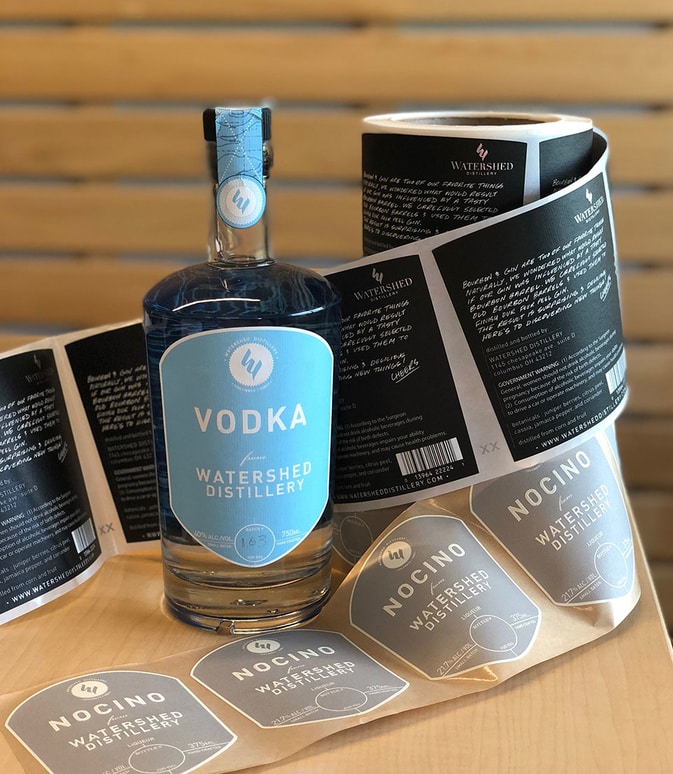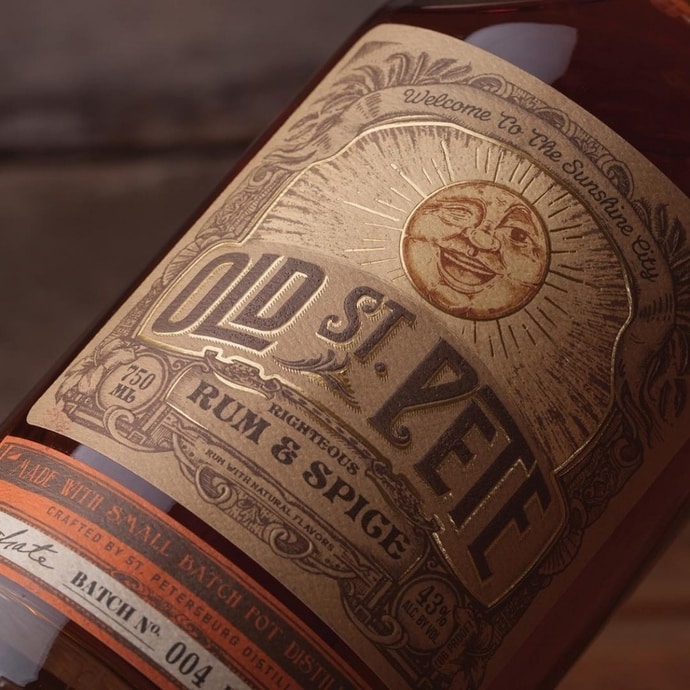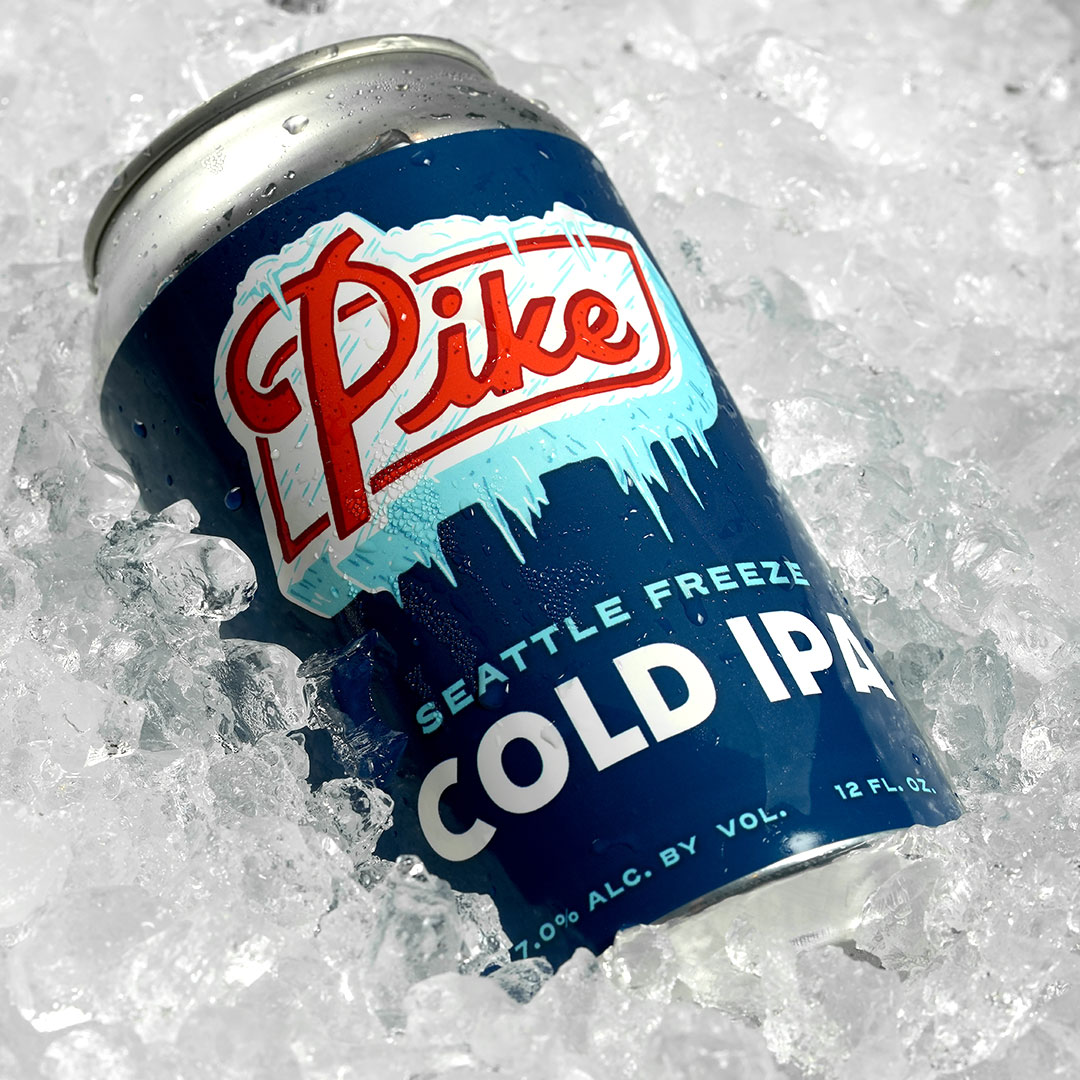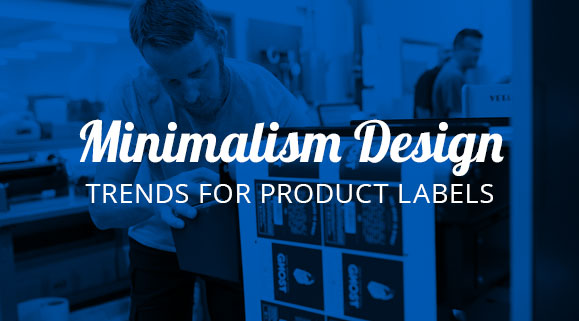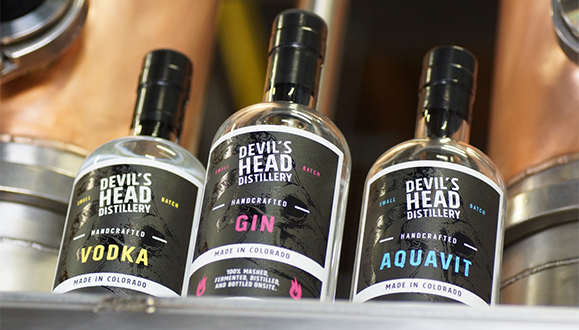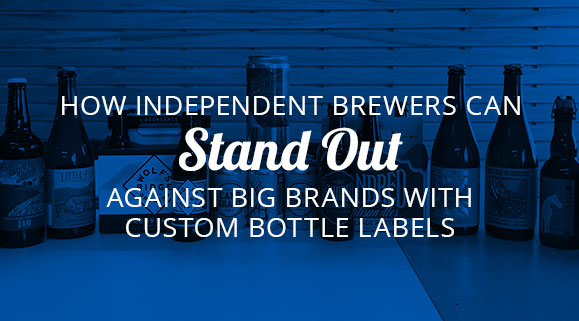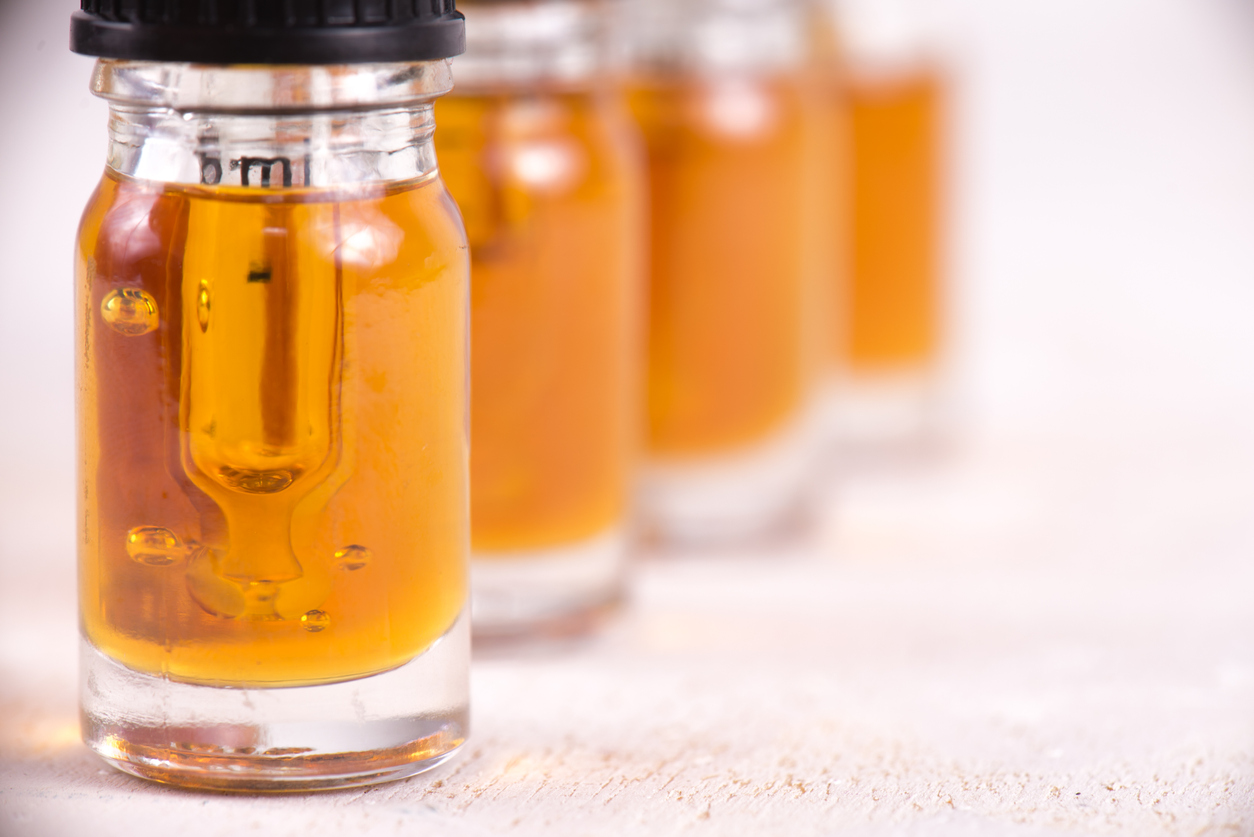Bottle Label Printing Considerations for Distilleries
- alcohol labels
- bottle labels
- craft spirit labels
- distillery labels
- embossing
- Hot foil stamping
Of course, great designs don’t automatically translate into a great spirits labels for distilleries. There are many parts of the bottle label printing process that can factor into the end result, whether it’s a special printing capability or a challenge with the bottle itself. Here are a few factors you should consider when your distillery needs a new bottle label.
Effects of Bottle Quality
The overall manufacturing quality of your container can have a big effect on both the look and application of a label. Some distilleries may opt for bottles with thinner walls to cut down on costs. However, the surfaces of thinner bottles can be somewhat wavy and warped. These qualities can be a bad fit for clear labels because the waves in the surfaces can create bubbling and can distort the look of the label.
The bottle mold can also play a role in bottle quality. A less refined mold can create bubbling or other effects in the glass that can lead to trouble when you are trying to apply labels. This doesn’t mean that you shouldn’t use custom-shaped molds, but it is worth inspecting your bottles to see if there are any potential issues for adhesion. If so, you may need a stronger adhesive to ensure that they won’t fall off the bottle.
Potential Label Application Issues
Labels that won’t apply correctly can ruin even the best packaging design. Liquor bottles and labels can come in many shapes and sizes. Ensuring that they work well together is critical to a successful overall package.
Before you decide on a label, you need to consider whether you have the right applicator for the job. If you want a full-wrap label design for a cylindrical bottle, will your applicator be able to apply the label all around the bottle or is it designed to only stamp a label on a flat surface?
These considerations are more complicated if you have a custom-shaped bottle. Custom shapes are a great way to differentiate your brand from your competitors, but they can create some problems during the application process. When you decide on a design, you’ll need to confirm that your applicator will be able to properly hold your bottle and apply your labels to any special cutouts, protrusions, or other features your bottle showcases. If they can’t and you don’t want to turn to applying your labels by hand, you’ll have to work with your designer and your printing company to find a design that makes sense for your bottles.
The shape of the label itself can also pose problems. Certain details like sharp corners and cutouts within the label can lead to tearing issues during the application process. You’ll have to weigh how much you like that design against the cost of possibly wasting labels due to tears. Again, a designer and a label printer can work together to identify possible issues and provide solutions before they even arise.
Optional Surface Finishes
Surface finishes bring a whole new dimension to your label design. A matte finish creates a soft, flat look that exudes class and respect, like a fine leather. Not only can users see this effect, they can feel the difference as well. That feeling can be key, as research suggests that the sense of touch can be a huge influence on buyers when they choose between multiple products. If you want something sleek and shiny, a gloss finish will give you a clean, reflective look that can make colors really stand out.
While matte and gloss finishes can affect the overall feel of a label, some surface finishes can add dazzling details to make certain elements stand out, sometimes literally. Label embossing presses a pattern into the label material. This gives the label a more three-dimensional look while giving buyers something that they can run their fingers across when they pick up your bottle.
Hot foil stamping also presses a pattern into the surface of a label, except instead of raising the surface, it applies a metallic foil. Like embossing, this adds a new dimension to a label, whether it’s through a metallic sheen, gloss pigment, matte pigment, holographic effects, or other interesting features that can call out a specific element of a label or add a whole new personality to your design. This range of options gives you plenty of options to create a hot foil label design you’ll love.
Printer Capabilities
The last thing you want to do is get your hopes up for your great new label design only to find out that the label printing company doesn’t have the means to turn your concept into a reality or can’t accommodate your turnaround time. A good print engine plays a key part in the quality of your liquor labels.
At Blue Label, we use state-of-the-art HP Indigo digital print engines to provide customers with quality, cost-effective labels and turnaround times of three to five days. Our printing technology gives us the ability to provide special surface finishes and achieve up to 98 percent of Pantone colors.
Are you looking for a printing company that can create the labels your bottles deserve? Contact us today to talk to one of our experts about printing bottle labels for your distillery.
